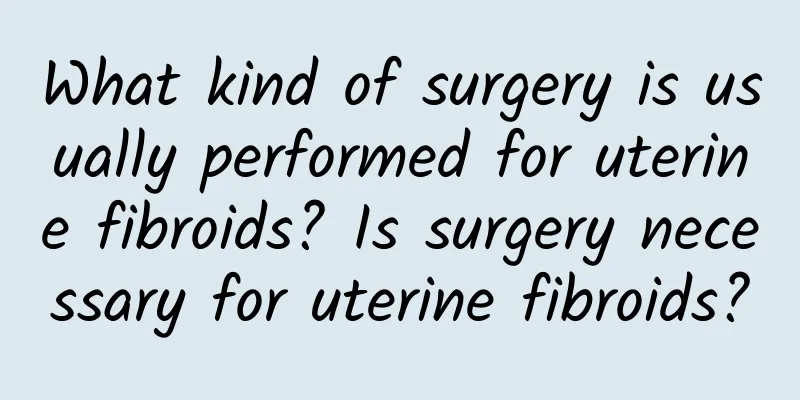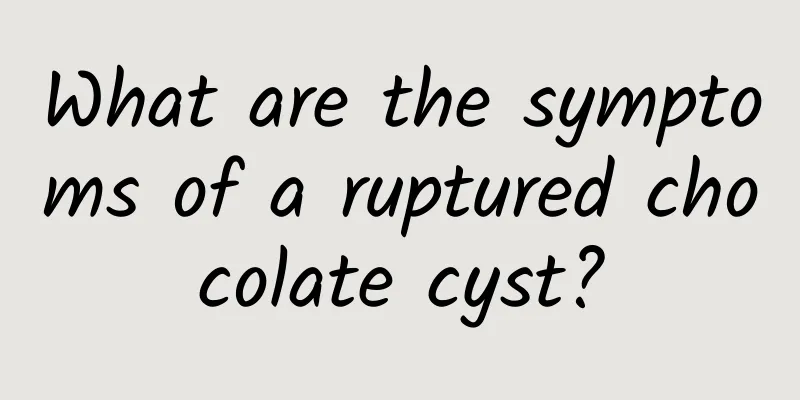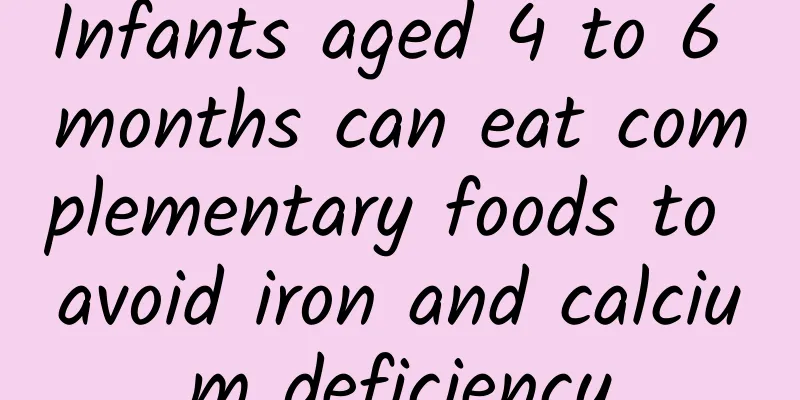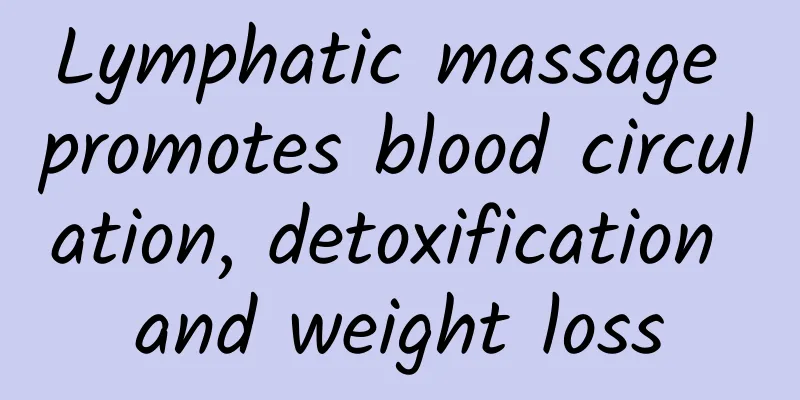What kind of surgery is usually performed for uterine fibroids? Is surgery necessary for uterine fibroids?

|
What kind of surgery is usually performed for uterine fibroids? Is surgery necessary for uterine fibroids? Uterine fibroids are common benign gynecological tumors that mostly occur in women of childbearing age. In order to diagnose and treat this disease, doctors usually recommend surgery. However, not all patients with uterine fibroids require surgical treatment. Next, we will explore the common types of uterine fibroid surgery and answer whether every patient needs surgery. 1. Types of surgery for uterine fibroids: a. Myomectomy: This is the most common surgical procedure and the preferred method for treating uterine fibroids. In this surgery, the doctor will remove the fibroids through laparoscopy or laparotomy, leaving the uterus intact. b. Cesarean section for uterine fibroids: For women who are planning to become pregnant, doctors may choose to perform a cesarean section and remove the fibroids at the same time. c. Hysterectomy: For patients with larger fibroids or those located under the endometrium, hysterectomy may be required. 2. Does every patient need surgery? Not all women with uterine fibroids require surgery. The factors that determine whether to undergo surgery are as follows: a. Severity of symptoms: If the fibroids cause significant symptoms such as pain, abnormal bleeding, frequent urination, etc., surgery may be necessary. b. Fibroid size: If the fibroid is large, larger than 5 cm or begins to press on other organs, your doctor may recommend surgery. c. Age and fertility plan: For young women who are not pregnant, fibroid surgery may be postponed and the uterus may be preserved as much as possible to ensure fertility. d. Physical examination results: If pathological examination shows that the tumor may be malignant, surgery is necessary. 3. Other treatment options: Although surgery is the most common treatment for uterine fibroids, there are other nonsurgical treatment options: a. Drug treatment: Drugs can help control the growth of uterine fibroids and relieve symptoms. Commonly used drugs include oral contraceptives and traditional Chinese medicine. b. Hormone therapy: Hormone therapy can reduce the size of uterine fibroids and relieve related symptoms, but it will not provide a permanent cure. c. Focused ultrasound therapy: This is a non-invasive treatment method that destroys fibroid tissue through high-energy sound waves. In summary, uterine fibroids are generally removed by surgery. However, not all patients require surgical treatment. For those with mild symptoms and small fibroids, medication or other non-surgical methods can be chosen. The decision on whether to have surgery requires a comprehensive consideration of multiple factors such as the condition, age, and fertility plan. Therefore, each patient's situation requires a comprehensive evaluation by the doctor to develop the most suitable treatment plan. |
<<: What can menopausal women with uterine fibroids eat?
Recommend
How many days does it take for a medical abortion to be clean?
After medical abortion, the bleeding usually stop...
Young woman loses 36 kg in half a year and successfully wears beautiful clothes
In order to wear beautiful clothes and show off h...
How to treat acute pelvic inflammatory disease
Acute pelvic inflammatory disease is also a commo...
What to eat after minimally invasive surgery for uterine fibroids? Precautions after minimally invasive surgery for uterine fibroids
The main things to note after minimally invasive ...
Can B-ultrasound detect endometriosis?
Can B-ultrasound detect endometriosis? 1. General...
Which department is better for irregular menstruation?
Which department is better for irregular menstrua...
Should I do a smear test for cervical hypertrophy?
Cervical hypertrophy usually does not require a s...
What are the common symptoms of ectopic pregnancy?
Do you know the common symptoms of ectopic pregna...
What causes left ovarian cyst?
Treatments for left ovarian cysts include medicat...
Study: Excessive salt intake increases stomach cancer risk
The diverse and complex cooking methods of Taiwan...
Doctors do not recommend abortion six months after caesarean section. Abortion six months after caesarean section can cause 4 hazards.
After a caesarean section, the human body needs a...
What is an ovarian cyst? What are the causes of ovarian cysts?
What exactly is an ovarian cyst? What are the cau...
Early symptoms of hydatidiform mole at 30 days
In the early stage of hydatidiform mole, symptoms...
Be alert to the prevention and treatment of cervical precancerous lesions
What are the methods for preventing and treating ...
Miscarriage reexamination B ultrasound or vaginal ultrasound, how long can I do B ultrasound during pregnancy
Vaginal ultrasound, also known as vaginal B-ultra...









